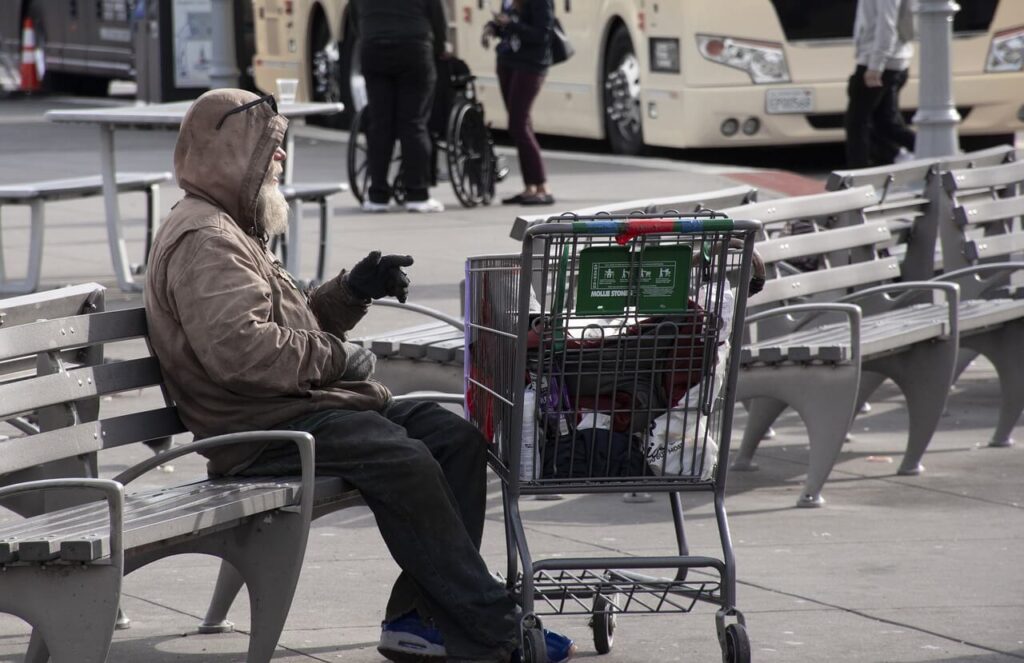Latinos y afrodecendientes los más afectados

Pamela Cruz. Península 360 Press [P360P].
La organización sin fines de lucro, Urban Institute, proyecta una tasa de pobreza general para 2021 en EE. UU. del 13.7 por ciento, lo que significa que aproximadamente uno de cada siete estadounidenses tendrá recursos familiares anuales por debajo del umbral de pobreza, siendo las comunidades afrodescendientes y latinas las más afectadas.
Lo anterior, tras tomar en cuenta todos los beneficios, impuestos y créditos fiscales habituales de la red de seguridad, así como los beneficios del Seguro de Desempleo y del Programa de Asistencia Nutricional Suplementaria –SNAP o «cupones de alimentos»–; así como los controles de estímulo adicionales promulgados en diciembre de 2020 debido a la pandemia por COVID-19.
Asimismo, señaló que los porcentajes proyectados de personas afrodescendientes –18.1 por ciento– e hispanos en la pobreza –21.9 por ciento– son aproximadamente el doble que en el caso de las personas caucásicas –9.6 por ciento–.
Y es que, «los negros e hispanos tenían más probabilidades que los blancos de perder sus trabajos durante la pandemia y eran menos propensos a recuperarlos si los perdían», señaló la organización en su informe.
De igual manera, proyectó que aproximadamente un tercio de las personas con recursos por debajo de la pobreza –4.4 por ciento– están en «pobreza profunda», lo que significa que los recursos familiares son menores a la mitad del umbral de pobreza señaladas en la tasa de medición suplementaria de la pobreza –SPM, por sus siglas en inglés–.
Considerando los resultados por grupo de edad, las tasas de pobreza proyectadas son las mismas para niños, adultos de 18 a 64 años y adultos de 65 años o más.
Cabe destacar que el análisis reveló que los adultos en edad laboral a menudo tienen tasas de pobreza de SPM ligeramente más bajas que los niños o adultos de 65 años o más, sin embargo, la combinación de cambios debido a la pérdida de empleo y el impacto de las políticas de ayuda por COVID-19, ha creado tasas de pobreza casi idénticas para los tres grupos de edad.
Asimismo, el documento detalla que, a pesar de la similitud en las tasas de pobreza para niños y adultos, se proyecta que una mayor proporción de niños –53 por ciento– tendrá recursos familiares por debajo del doble del umbral de pobreza que los adultos en edad de trabajar –43 por ciento– o los adultos de 65 años o más –42 por ciento–.
De acuerdo con la Oficina del Censo de los EE. UU., en 2019, la tasa de medición suplementaria de la pobreza fue del 11.7 por ciento, lo que constituyó un punto porcentual de 1.0 más bajo que la tasa de SPM del 2018, cuando fue de 12.8 por ciento.
En ese sentido, el informe proporcionado por el Urban Institute dejaría ver que de 2019 a 2021, la la tasa de pobreza habría crecido dos puntos en el país, ello, principalmente, debido a la pandemia por COVID-19.
De igual manera, el estudio determinó que es posible que muchas familias hayan visto caer sus recursos por debajo del umbral de pobreza debido a la pérdida de empleo; mientras que, es posible que otras familias hayan visto aumentar sus recursos al no haberse quedado sin trabajos y, en cambio, se beneficiaron de los aumentos de SNAP y controles de estímulo.
Cabe destacar que, a finales de 2020, la cantidad de empleos en la economía de EE. UU. seguía siendo 9 millones más baja que al término de 2019 –antes de que comenzara la pandemia por COVID-19–, y esa cantidad había disminuido en lugar de aumentar entre noviembre y diciembre de 2020.
Durante la encuesta a hogares, realizada por la Oficina de Censo de EE. UU. en 2020, 12 por ciento de las personas respondieron que algunas veces o con frecuencia no habían tenido suficiente para comer en los últimos siete días –en comparación con el 9.0 por ciento antes de la pandemia–, y aproximadamente una quinta parte de los inquilinos informaron estar atrasados en su alquiler.

